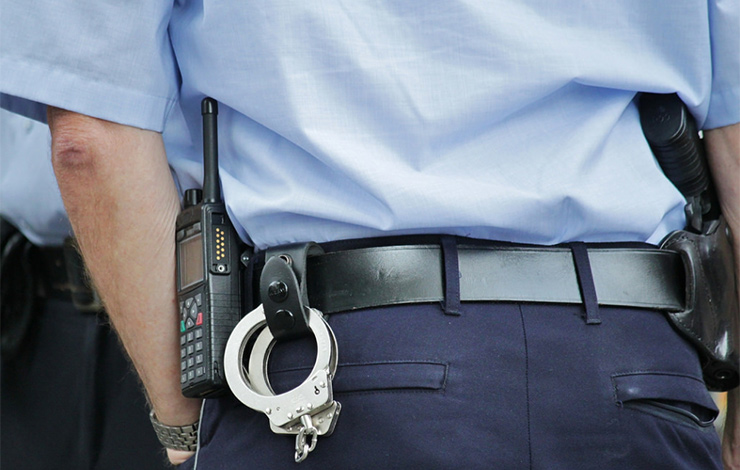
Abogados con Camara
In Mexico, eyewitness misidentifications and false confessions are the types of evidence most frequently used in criminal cases. To address this problem, Lawyers with Cameras carried out inmate and witness surveys on safeguards during criminal investigations and trials to better understand where mistakes and corruption are most common in the witness identification process. The results of these interviews were presented to Mexico’s Congress, and as a result, nationwide legislation that required eyewitness evidence reforms was passed by the Mexican Senate.
Challenge

Eyewitness misidentifications and false confessions are the most frequently used types of evidence, despite the fact that they are among the leading sources of judicial error. Eyewitnesses are extremely persuasive, and the quality and realiability of the processes used to obtain this information are often compromised. For these reasons, the adequacy of the elicitiation processes through which law enforcement authorities obtain this type of evidence is critical. We believe those elicitiation processes, which typically take place early in the critical investigations - hence the title of our project - are deeply relevant to the credence that subsequenetly should be given to this evidence in courts. Very little is known about the practices that authorities in Mexico routinely follow to obtain evidence (or if routines exist at all), or about the effectiveness with which criminal trials probe the reliability of this evidence.
Program Summary
Our program is primarily meant to generate data about investigative practices and experiences in criminal trials from inmates in two states. We also plan to generate contrasting views by surveying persons who may naturally have an opposing perspective. Finally, we plan to make strong efforts to disseminate our results to public officials and to the public. Our planned activities include:
- Deploy inmate surveys in Mexico State in order to generate information about safeguards experienced during two stages: (a) the investigation, in particular during custodial interrogations of suspects and eyewitness identification procedures; and (b) during the criminal trial. Emphasis will be made in obtaining information from populations convicted in two distinct periods, pre and post reform.
- Deploy the same survey instrument to female inmates in Mexico State, enabling us to compare the experiences of female and male inmates in pre and post reform groups.
- Deploy the same survey instrument in Mexico City.
- Objective: generate information about safeguards experienced during interrogations and eyewitness identifications as well as the criminal trial from two distinct groups from the same pre and post reform, but in a state that has not adopted the adversary system. This would allow us to generate a comparison group and create a baseline, putting us in a position to attribute some of the observed changes to the adoption of the adversary system. It will also allow us to know what not to expect, at least in the short term, from the transition to the adversary system.
- Present results to legislators (local and federal), the public and the media in concert with Executive authorities in Mexico City, and in a subsequent occasion, present results to the public in concert with Executive authorities in Mexico State.
Impact
Ultimately, we expect users of the criminal justice system to change as a result of this program. This could have an impact on Factor 8 of the Rule of Law Index—which measures the effectiveness of the criminal justice system. Should our prescriptions be adopted, victims of crime and eyewitnesses would be able to participate with authorities in identification procedures that greatly reduce the risk of misidentification. Defendants would also benefit from such reduced risks. Public safety would be enhanced because less resources will be wasted in wrongful prosecutions. In general, we can expect greater trust in the system if changes are adopted nationwide.
Partners
Partners include:
- The law department at CIDE;
- Mexico’s Center for Teaching and Economic Research; and
- TBI, the TransBorder Institute at the Universty of San Diego
We also plan to invite the feedback of researchers at RAND. Finally, we count with the advice of our teachers and mentors at the UC Berkeley Goldman School of Public Policy.

